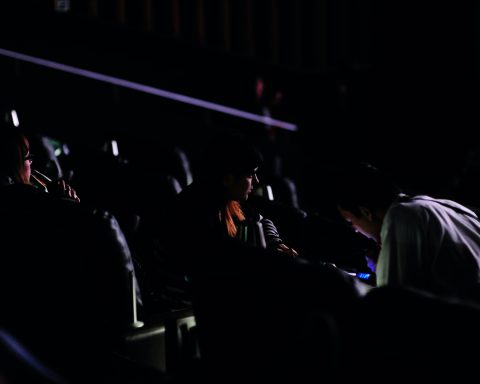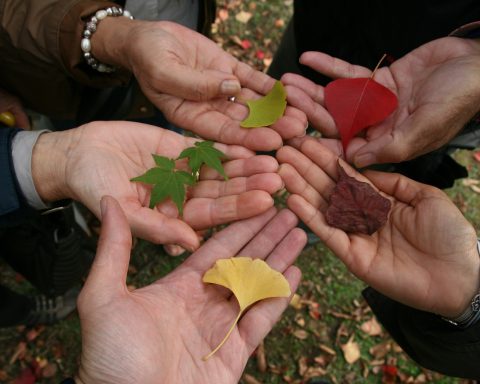I had just arrived in my new hometown of Leipzig in summer 2016, when a good friend of mine from Berlin gave me a ring and asked me to join her for the world premiere of Furusato. The documentary takes us to Minamisōma, a small Japanese town in Fukushima’s Exclusion Zone.
The movie won several awards, including the Golden Dove Prize at DOK Leipzig in 2016, and has toured film festivals internationally since its premiere then.
I know that a lot of people are familiar with the headlines of the Fukushima nuclear disaster in 2011, which aired 24/7 on all channels. It led to hype for the pros and cons of nuclear energy, and to endless discussions and resolutions within international boundaries. In 2018, we all seem to have somehow relegated the impact and consequences of this human tragedy, but people are still living there with no TV stations around today.
Thorsten Trimpop’s Furusato pays tribute to the people of Minamisōma in the most dignified way possible. It will be released in theaters in Germany on the seventh anniversary of the disaster, March 2018.
The Chicago-based Trimpop, who has taught at Boston University, Harvard, and MIT (where he was a fellow at the Open Documentary Lab), spent several months actually living with the characters of his documentary in this abandoned town.
Furusato, which translates as “home” in English and “heimat” in German, is an intrinsic symbiosis of Japanese culture. It stands for hometown, birthplace, old historic village, native place – it is the expression of the landscape of your childhood and the last place you see before you leave for good, as Trimpop describes it.
The exuberant power of nature on the East Coast of Japan has been generically mixed with the DNA of the people living there. Sanctified by a very long tradition over generations, people and soil alike have now been contaminated by splaying radiation.
Trimpop creates a storyline of historic monumental content, told by different characters – such as Bansho, an environmental activist; Miwa, a young horse breeder; and Noda, an older lady. They all somehow decide to stay on and live a somewhat “normal” life after this catastrophe, with all its consequences.
What really impressed me was the deep connectivity Trimpop creates over the course of time with all the people in the documentary. It speaks a language of deeply rooted immersion, addressing their love for their homeland and civilization, seen through the lens of someone who assiduously unearths the ramifications of Japanese culture.
Even the engineer from TEPCO, the company in charge of operating the Fukushima plant, shows his emotions in an unusually open way in public.
This, in particular, touched my heart. Having lived in Southeast Asia, I know how deeply rooted the concept of saving and losing face guides daily life in Asia. “Face” can best be described as a combination of social standing, reputation, influence, dignity, and honour. Therefore, I know what kind of trust, confidence, shame, responsibility, self-conquest, guilt, and reverence he must have felt and endured to be able to open up and tell his story to the filmmaker.








